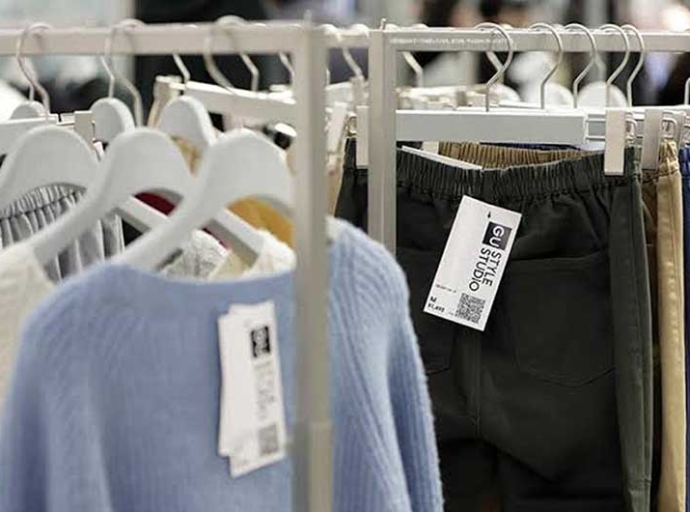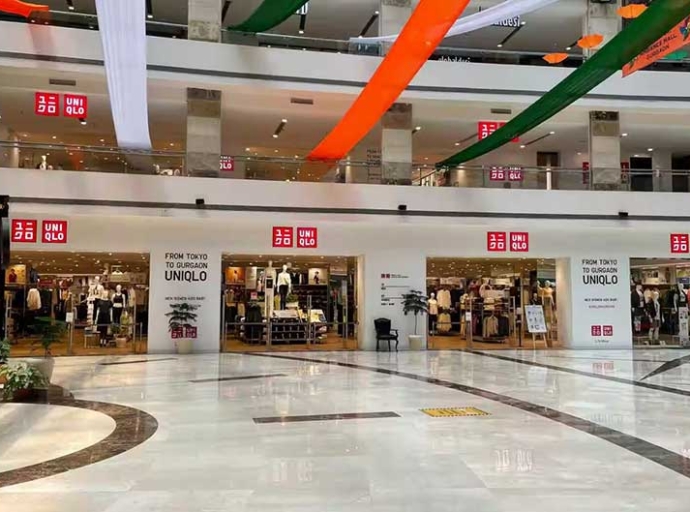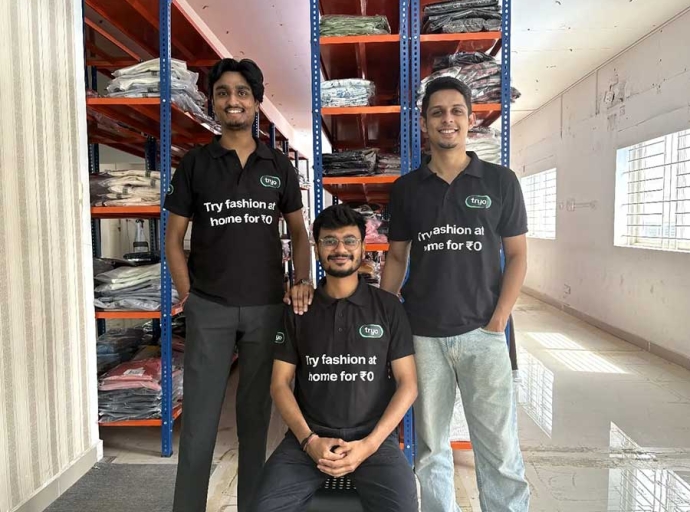Biting inflation down trading impact on Apparel Brands

31 December 2022, Mumbai
Clothing companies are suffering losses. As inflation is rising, industry leaders see higher-than-anticipated operational costs as having an impact on profits.
A challenging May earnings season throughout the industry has been followed by the reality of sustained inflation, a more vulnerable consumer, and the possibility of even more unstable economic conditions as the Federal Reserve works to control inflation. 1 Prices are increasing along the entire value chain, including for labor, commodities, and transportation.
For instance, inflation in the US reached 9.1 percent in July, marking the highest 12-month increase in more than 40 years.
In the past, the garment industry's price realization has fallen far short of inflation rates and increases in household income. For instance, between 2010 and 2019, US apparel prices increased at a CAGR of just 0.4 percent, trailing both the CPI overall and the median household income. Although the difference has lately closed, pricing increases in the United States still lag CPI growth by around 1%.
Inflation affecting the apparel business
Clothing/garment brands and stores are under pressure in this atmosphere. In addition to having to deal with growing prices for everything from freight and fuel to labor and manufacturing supplies, businesses also have to contend with a weakening economy and declining customer confidence.
In fact, from 44% in October 2021, the proportion of consumers who said they were optimistic in our May Consumer Pulse survey dropped to 38%.
The decline in consumer confidence was most pronounced among high-income consumers, and it also occurred in the eurozone throughout the latter half of 2021 and the first few months of 2022 as inflation accelerated. Consumers are now beginning to purchase in more value-conscious ways.
According to the Consumer Pulse study, US consumers switched brands and retailers more frequently in 2022 than at any other point since the pandemic started, and the majority of them indicate they plan to keep switching, mostly to find lower pricing. A little over one-third of those who switched decided to purchase private-label goods.
Challenges faced by clothing brands
Clothing/apparel brands and retailers may benefit from taking complete action on price, merchandising, and supply chains to deal with inflationary pressures and changing customer purchase behaviors.
Apparel/Clothing firms may need to tread carefully even as they try to safeguard their margins in order to avoid alienating clients who are already dealing with recent price rises.
In our poll, more than 75% of participants claimed to have seen price increases, notably in the clothing and fashion sectors. Some clothing firms might think about increasing ticket prices or cutting back on promotions as a way to pass along their costs to customers.
However, some have attempted to tolerate rising costs while holding the line on prices and promotions in order to gain or keep short-term market share due to the discretionary nature of the apparel business and the potential for lengthy production cycles.
In the meantime, insurgent firms are upending the accepted paradigms of fast fashion and garment selling in response to a global supply-chain shock.
Businesses like Shein are expanding quickly in order to control the Gen Z and masstige consumer bases. As a result, well-known companies and retailers may strike a compromise between the need to protect margins and control inflation without driving away their expanding core consumer segments.
Latest Publications

































